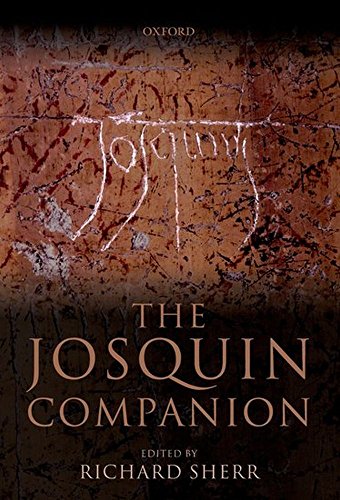

In particular, a model that is extensively used by experimentalists to advance surgical management of AF, is that of the pig atria. Currently, this is achieved through simulations of state-of-the-art mathematical models alongside experimentation on large animals. However, translational research necessitates a proper understanding of the results from animal experiments in the human context, for which it is very important that the preclinical results are well-understood and validated. These models range from in vitro cell cultures to in vivo small and large animal hearts.

To study the complex mechanisms underlying the development, maintenance and termination of cardiac arrhythmias, preclinical research models are required. Its effective treatment requires a detailed understanding of the underlying mechanisms at the genetic, molecular, cellular, tissue and organ levels. Furthermore, the model shows spatiotemporal chaos with reduced repolarization.Ītrial fibrillation (AF) is the most common sustained form of cardiac arrhythmia occurring in humans.

This is a condition that occurs only in porcine atria. In agreement with previous experimental results using pig atria, our model shows that early repolarization is primarily driven by a calcium-mediated chloride current, I ClCa, which is completely inactivated at high pacing frequencies. Using S1-S2 cross-field protocol, we demonstrate in an 11.26 cm square simulation domain, the ability to initiate single spiral waves (rotation period ≃ 180 ms) that remain stable for more than 40 s. The wavelength reduces to 5 cm when the tissue is paced at 200 ms. We extend our model to two dimensions to obtain plane wave propagation in tissue with a velocity of 0.58 m/s and a wavelength of 8 cm. The resulting model represents “normal” cells which are formulated as a system of ordinary differential equations. The intracellular Ca 2+ dynamics follows the Luo-Rudy formulation for guinea pig ventricular cardiomyocytes. The formulations for the other currents are adopted from the human atrial model, and modified for porcine specificity based on our measured restitution data for different action potential characteristics: resting membrane potential, action potential amplitude, maximum upstroke velocity and action potential duration and different levels of membrane voltage repolarization. The model includes 12 ionic currents, 4 of which were designed based on experimental patch-clamp data directly obtained from literature. In this paper, we present the first ionically detailed mathematical model of porcine atrial electrophysiology, at body temperature. However, a mathematical model of pig atria is lacking. One such experimental model is the porcine atrium, which is commonly used to study the mechanisms of onset and control of atrial fibrillation in the context of its surgical management. In this regard, there is a great need for models that can be used alongside experiments for in-depth investigation and validation. State of the art mathematical models are currently used to bridge the gap between basic research conducted in the laboratory and preclinical research conducted on large animals, which ultimately paves the way for clinical translation. 5Cluster of Excellence “Multiscale Bioimaging: From Molecular Machines to Networks of Excitable Cells” (MBExC), Georg-August University, Gottingen, Germany.4German Center for Cardiovascular Research (DZHK), Partner Site Göttingen, Gottingen, Germany.3Institute of Pharmacology and Toxicology, University Medical Center Göttingen, Georg-August University, Gottingen, Germany.2Centre de Formaćio Interdisciplinària Superior (CFIS), Universitat Politècnica de Catalunya, Barcelona, Spain.1Biomedical Physics Group, Max Planck Institute for Dynamics and Self Organisation, Gottingen, Germany.Fakuade 3,4,5, Niels Voigt 3,4,5, Stefan Luther 1,3,4 and Rupamanjari Majumder 1,3,4 * Víctor Peris-Yagüe 1,2, Tony Rubio 3,4, Funsho E.


 0 kommentar(er)
0 kommentar(er)
